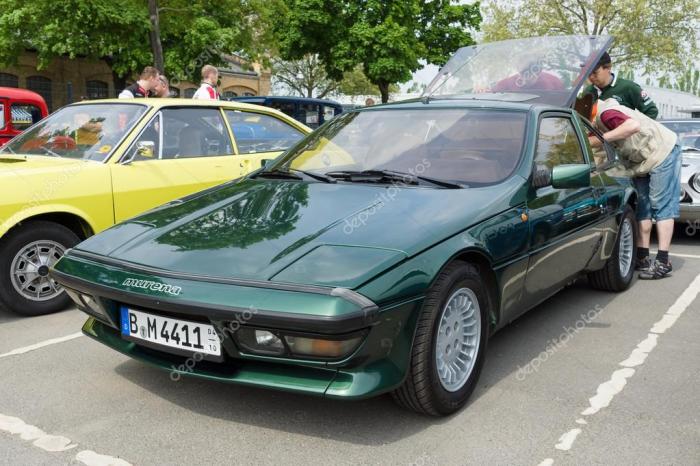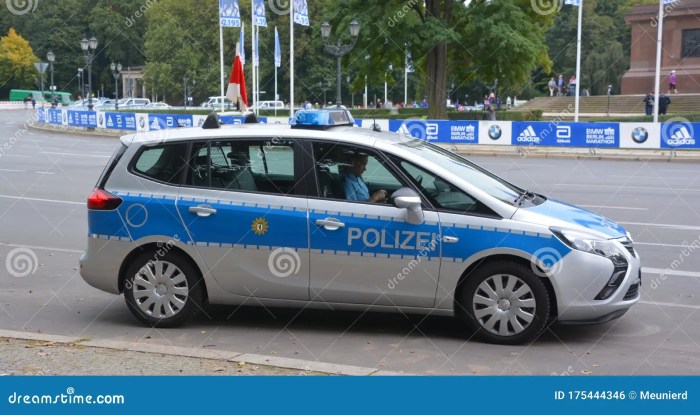New Car Price in Berlin A Comprehensive Guide
Average New Car Prices in Berlin
New car price in berlin – Purchasing a new car in Berlin, like in any major European city, involves navigating a complex interplay of factors influencing the final price. This guide provides a comprehensive overview of new car pricing in Berlin, encompassing average costs across different segments, contributing factors, popular brands, financing options, and the impact of government regulations.
Average New Car Prices by Segment, New car price in berlin
The average price of a new car in Berlin varies significantly depending on the car segment. Luxury vehicles naturally command much higher prices than compact cars. Several factors, detailed below, contribute to these price differences.
| Segment | Average Price (EUR) | Factors Influencing Price | Comparative Analysis (vs. Other Cities) |
|---|---|---|---|
| Compact | 25,000 – 35,000 | Fuel efficiency, features, brand reputation | Similar to Hamburg, slightly lower than Munich |
| Mid-size | 35,000 – 50,000 | Engine size, technological advancements, safety features | Slightly higher than Hamburg and Frankfurt |
| SUV | 45,000 – 70,000 | Size, all-wheel drive, luxury features | Comparable to Munich, higher than Hamburg and Frankfurt |
| Luxury | 70,000+ | Brand prestige, performance, exclusive features | Consistent across major German cities |
Berlin New Car Prices Compared to Other German Cities

Source: depositphotos.com
A comparison of average new car prices across major German cities reveals regional variations influenced by factors such as local market demand, dealership practices, and regional taxes.
| City | Compact (EUR) | Mid-size (EUR) | SUV (EUR) | Luxury (EUR) |
|---|---|---|---|---|
| Berlin | 28,000 | 40,000 | 55,000 | 80,000 |
| Munich | 30,000 | 42,000 | 60,000 | 85,000 |
| Hamburg | 27,000 | 38,000 | 52,000 | 78,000 |
| Frankfurt | 29,000 | 39,000 | 53,000 | 82,000 |
Factors Affecting New Car Prices in Berlin
Several key factors contribute to the final price of a new car in Berlin. Understanding these factors allows buyers to make informed decisions.
| Factor | Impact on Price | Example |
|---|---|---|
| Taxes and Import Duties | Significant increase, varying by vehicle type and emissions. | Value Added Tax (VAT) of 19% adds substantially to the base price. Import duties apply to vehicles from outside the EU. |
| Currency Fluctuations | Changes in the Euro exchange rate affect import costs. | A weaker Euro against the US dollar increases the price of cars imported from the US. |
| Dealership Pricing Strategies | Dealerships have varying markup strategies, affecting final prices. | Some dealerships may offer discounts or promotions, while others maintain higher prices. |
Popular Car Brands and Models in Berlin

Source: autodata1.com
Consumer preferences shape the popularity of car brands and models. The following data reflects recent market trends in Berlin, although specific rankings can fluctuate.
- Volkswagen:
- Golf: 28,000 – 38,000 EUR
- Tiguan: 35,000 – 55,000 EUR
- ID.3: 33,000 – 45,000 EUR
- Mercedes-Benz:
- C-Class: 45,000 – 70,000 EUR
- E-Class: 60,000 – 90,000 EUR
- GLE: 70,000 – 110,000 EUR
- BMW:
- 3 Series: 40,000 – 65,000 EUR
- 5 Series: 55,000 – 85,000 EUR
- X5: 70,000 – 100,000 EUR
- Audi:
- A4: 40,000 – 60,000 EUR
- A6: 55,000 – 80,000 EUR
- Q5: 50,000 – 75,000 EUR
- Ford:
- Focus: 22,000 – 32,000 EUR
- Puma: 25,000 – 35,000 EUR
- Kuga: 30,000 – 45,000 EUR
Note: Price ranges are estimates and can vary based on specific model features and options.
New car prices in Berlin can vary significantly depending on the make, model, and dealership. To get a sense of potential savings, it’s helpful to research historical data, such as looking at what constituted the lowest price new car 2017 models. This can provide a baseline for comparison when navigating the current Berlin market and help you negotiate better deals.
Ultimately, understanding past trends can inform your approach to finding the best price for a new car in Berlin today.
| Brand | Model | Price Range (EUR) |
|---|---|---|
| Volkswagen | Golf | 28,000 – 38,000 |
| Mercedes-Benz | C-Class | 45,000 – 70,000 |
| BMW | 3 Series | 40,000 – 65,000 |
| Audi | A4 | 40,000 – 60,000 |
| Ford | Focus | 22,000 – 32,000 |
Financing Options for New Cars in Berlin

Source: dreamstime.com
Various financing options cater to different buyer needs and financial situations. Choosing the right option depends on individual circumstances and preferences.
| Financing Option | Typical Interest Rate | Repayment Terms | Advantages | Disadvantages |
|---|---|---|---|---|
| Bank Loan | 2-6% | 12-84 months | Predictable monthly payments, ownership after repayment | Higher total cost due to interest, potential for penalties for early repayment |
| Lease (Leasing) | Varies, often lower than loan interest | 24-60 months | Lower monthly payments, access to newer models | No ownership at the end of the lease, mileage restrictions, potential penalties for damage |
| Dealer Financing | Varies, can be competitive or less favorable | 12-72 months | Convenience, often bundled with purchase | May not offer the most competitive rates |
Impact of Government Regulations on New Car Prices
German government regulations significantly impact the cost and availability of new cars in Berlin. These regulations aim to promote environmental sustainability and enhance road safety.
Emissions standards, such as Euro 6d, necessitate the use of advanced emission control technologies, increasing manufacturing costs and subsequently the price for consumers. Safety regulations, mandating features like advanced driver-assistance systems (ADAS), also contribute to higher prices. Conversely, government subsidies and incentives for eco-friendly vehicles, such as electric cars, can partially offset these increased costs, making them more accessible to consumers.
These incentives are often in the form of tax breaks or direct financial support. The interplay of these regulatory factors and incentives shapes the market for different vehicle types, influencing their availability and pricing in Berlin.
FAQ Explained: New Car Price In Berlin
What are the typical insurance costs for a new car in Berlin?
Insurance costs vary significantly depending on the car’s value, the driver’s profile, and the chosen coverage level. It’s best to obtain quotes from multiple insurers for a precise estimate.
How long is the typical warranty period for new cars in Berlin?
Warranty periods typically range from two to three years, but this can vary depending on the manufacturer and specific model. Check the manufacturer’s warranty details for precise information.
Are there any government incentives for buying electric cars in Berlin?
Yes, the German government offers various subsidies and incentives for purchasing electric and hybrid vehicles. These incentives can significantly reduce the overall cost. Check the latest government programs for details.





















